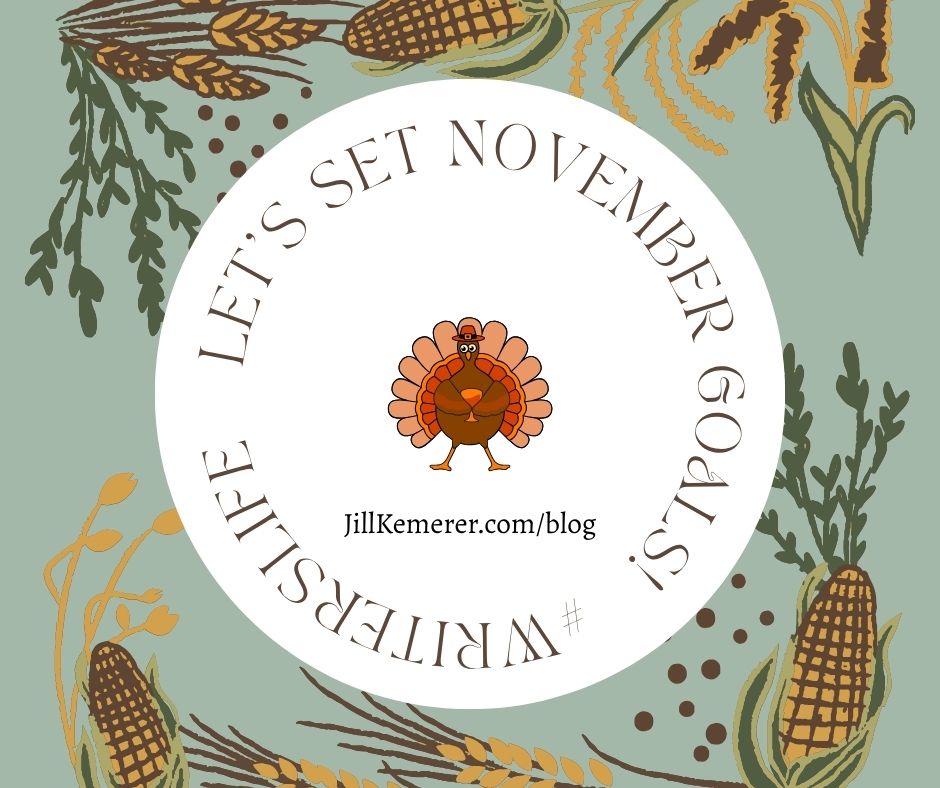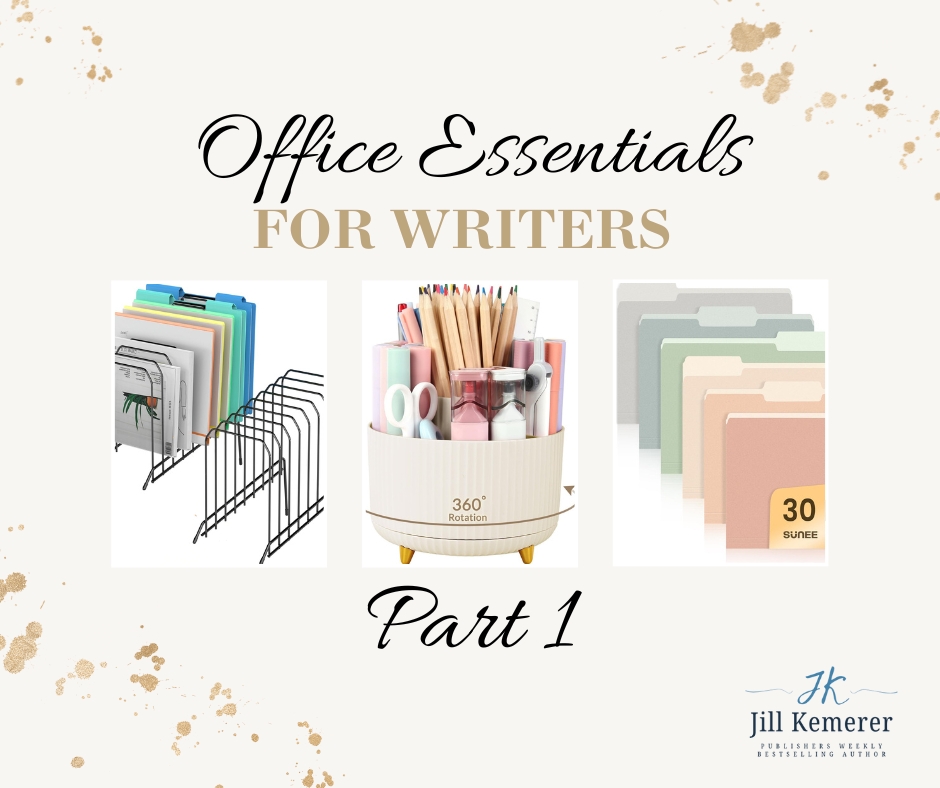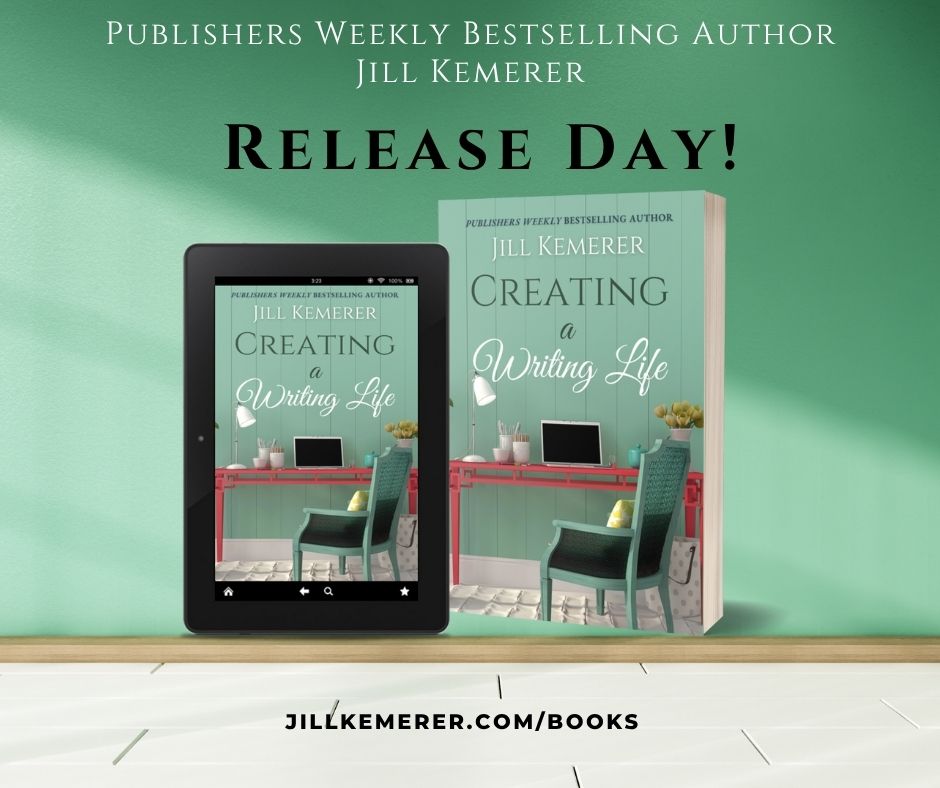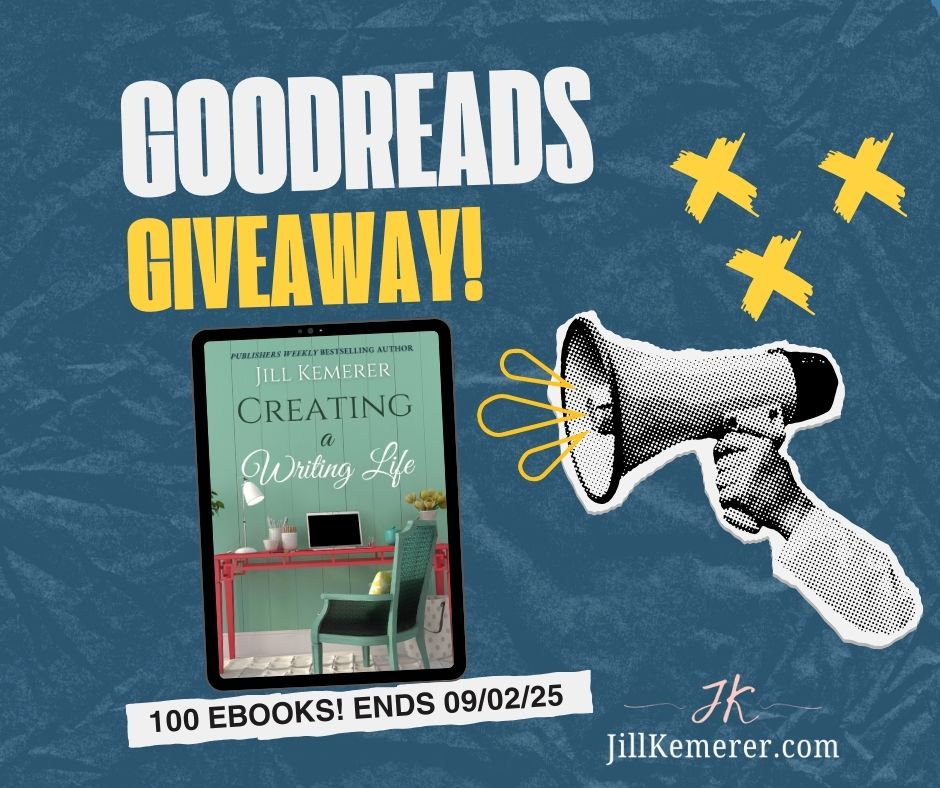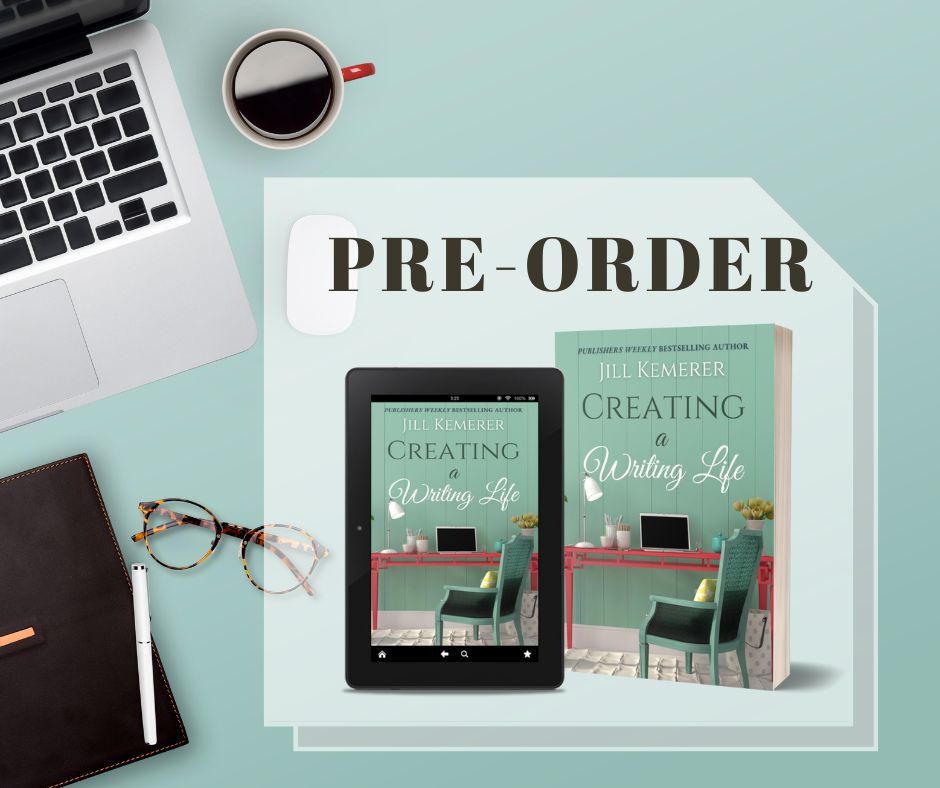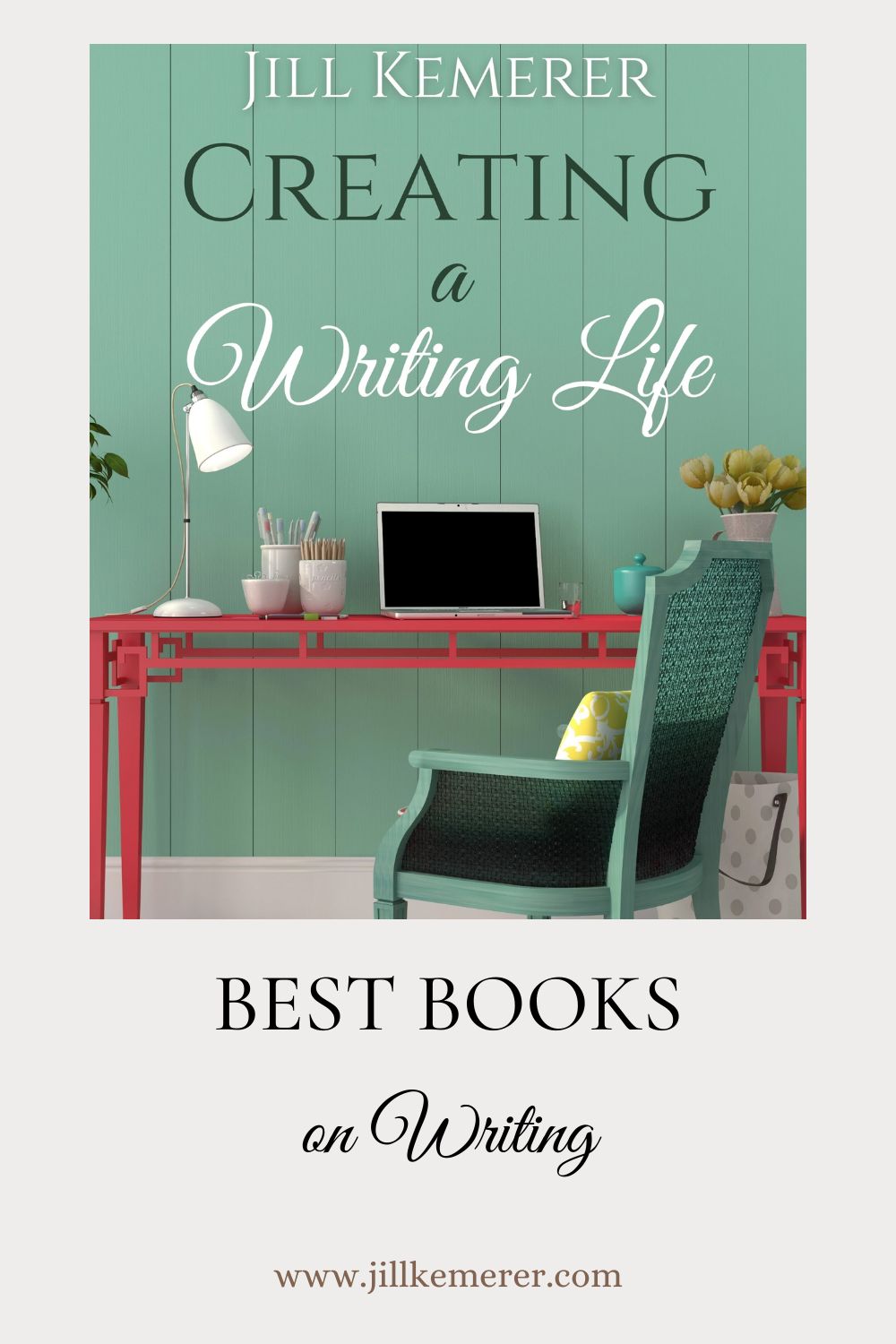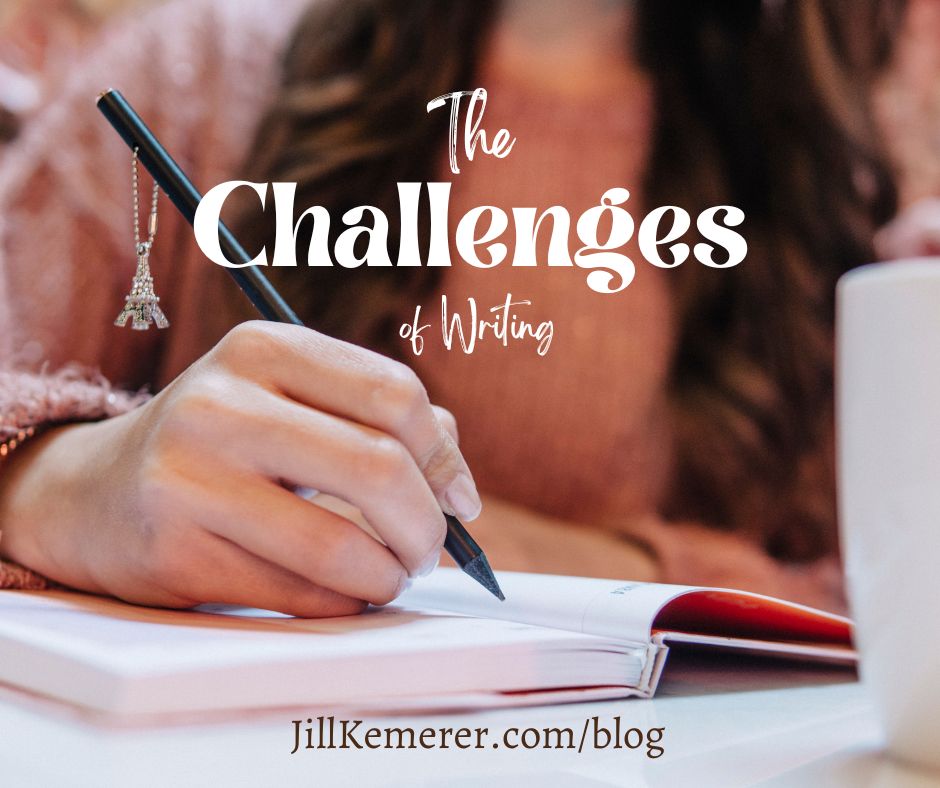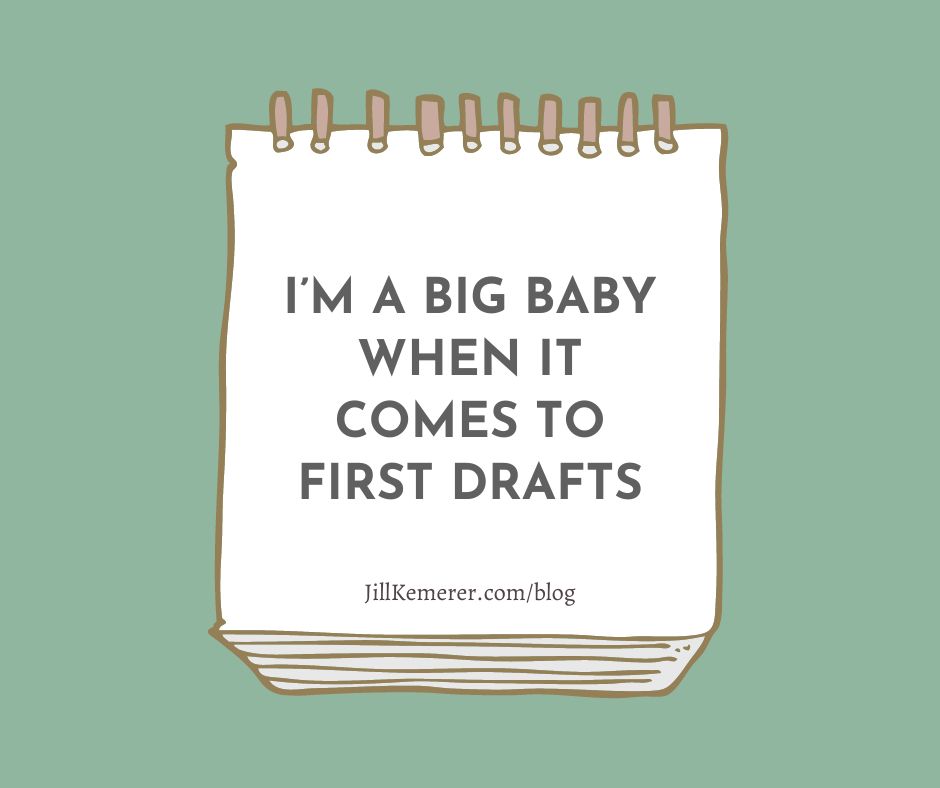Let’s Set December 2025 Goals!
My writer productivity skyrockets when I set monthly writer goals, and it’s time to share my December goals. At the beginning of each week I break them down into daily tasks that fit my current schedule. Do you know how great it is to finish projects? Of course you do! For me,…


